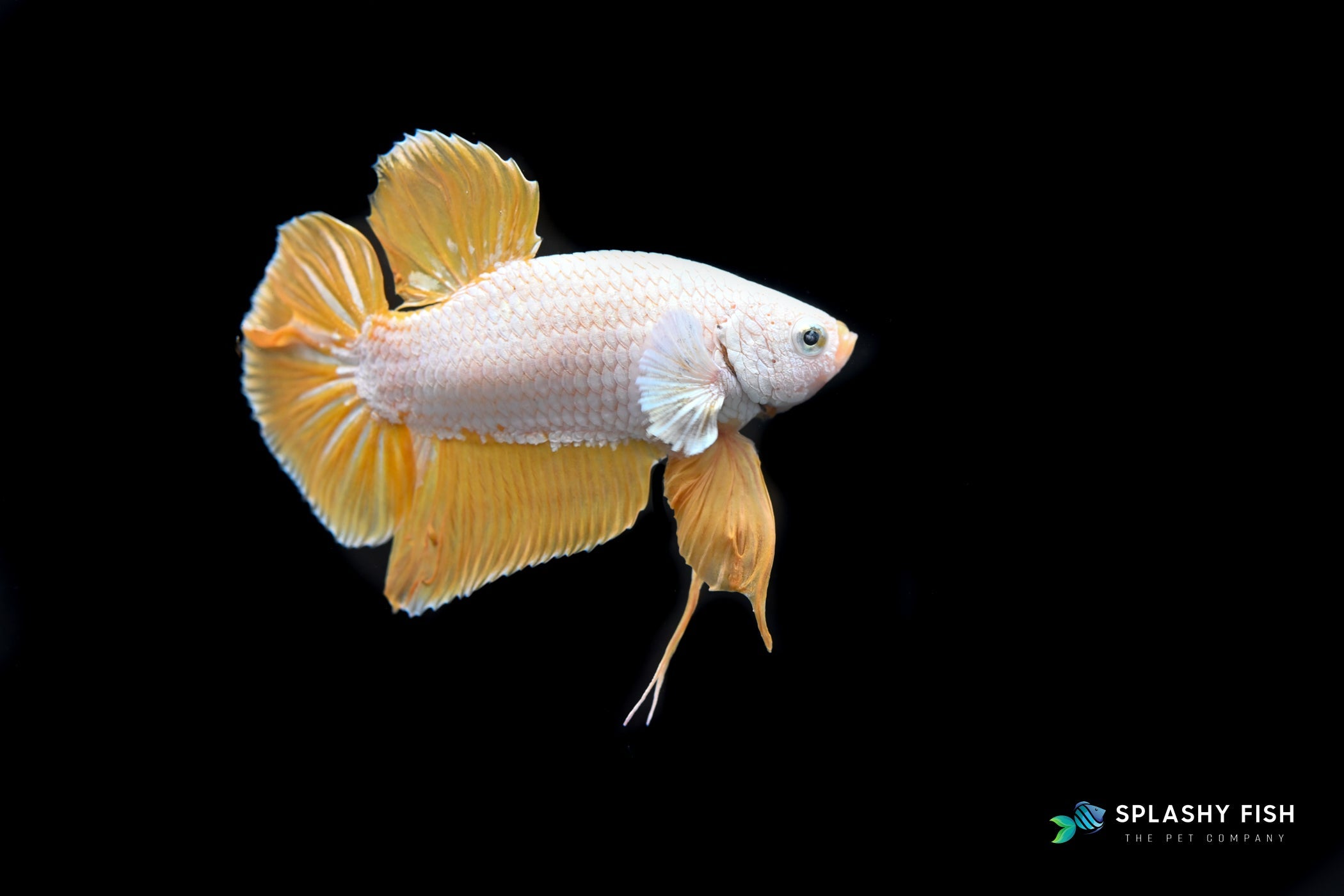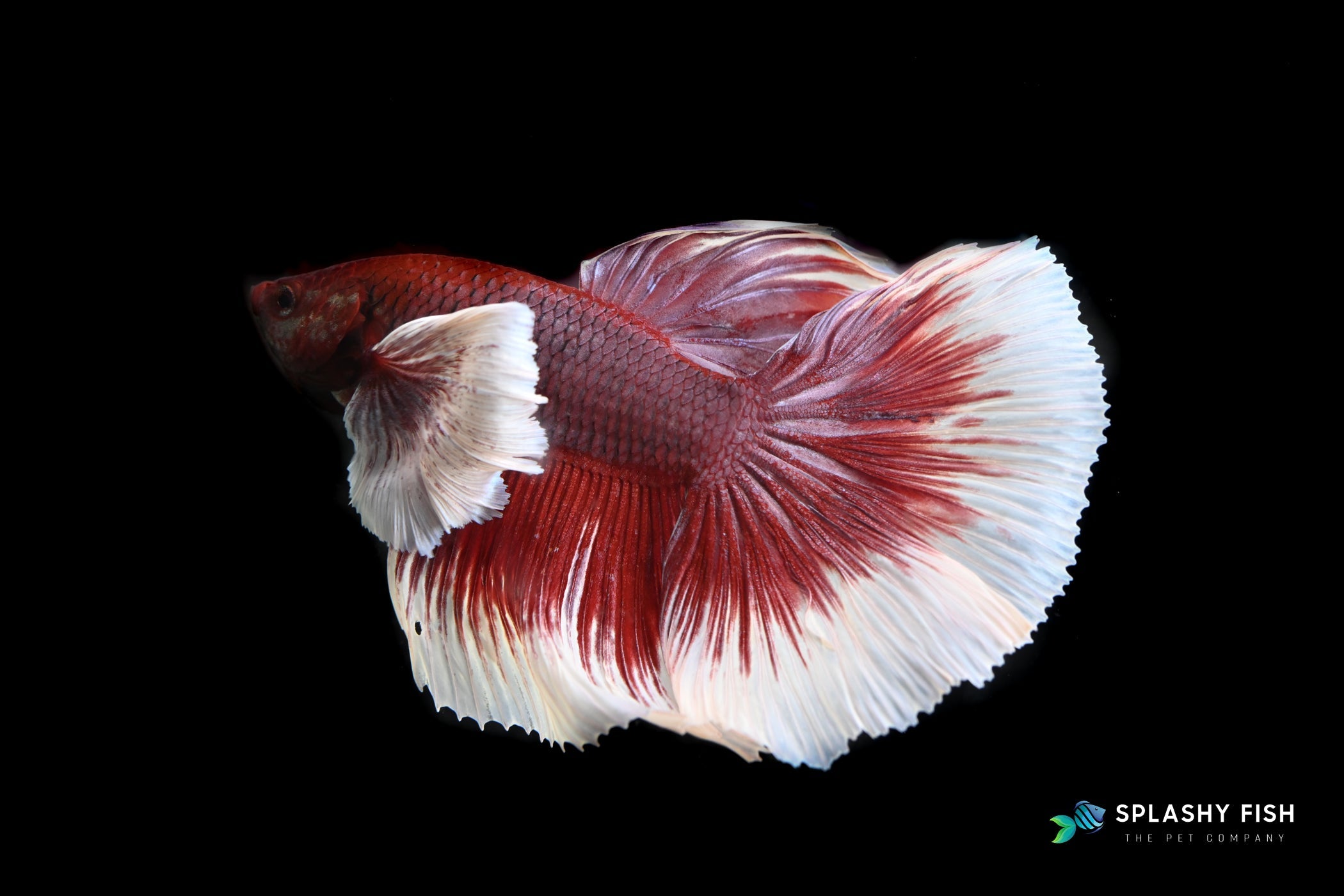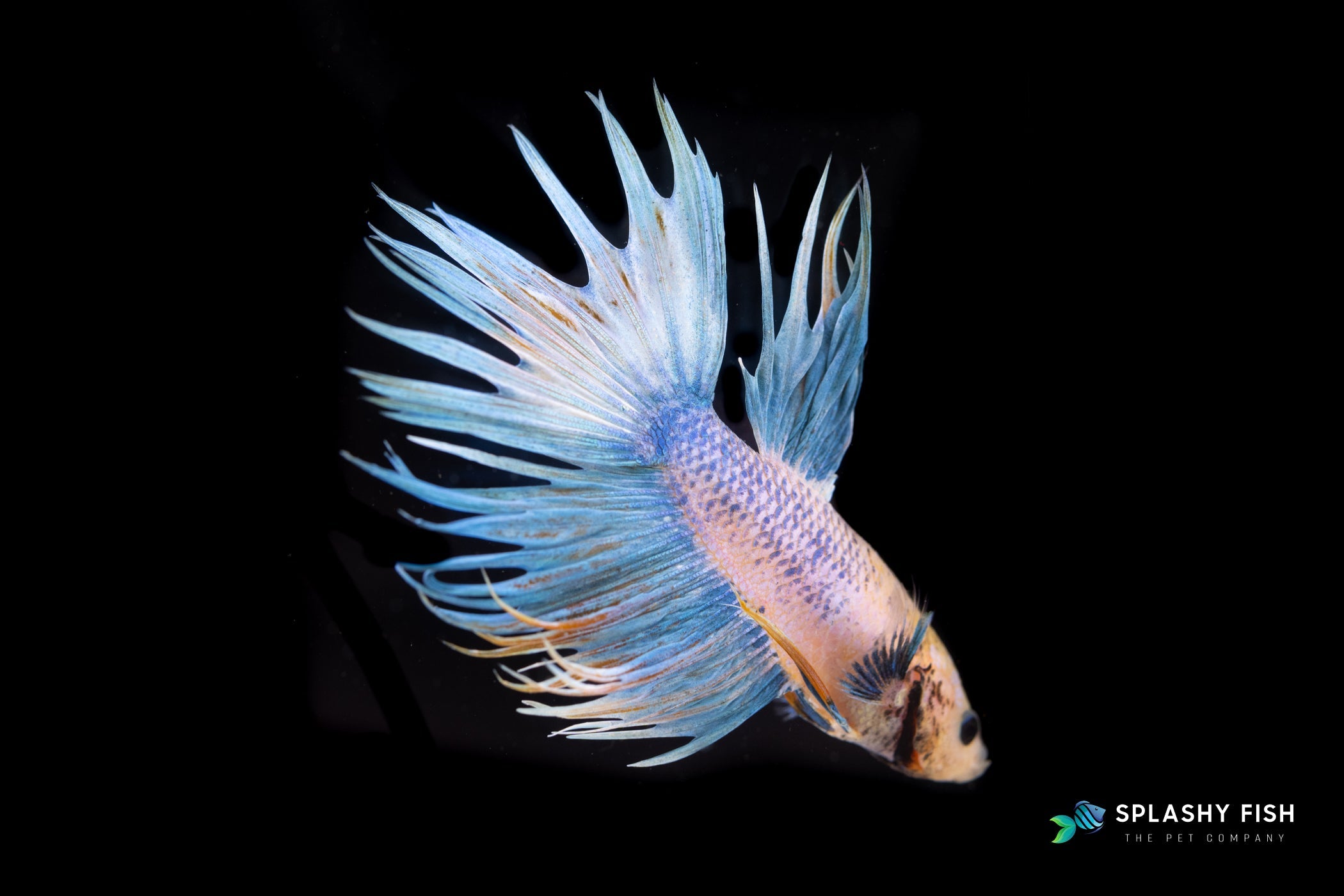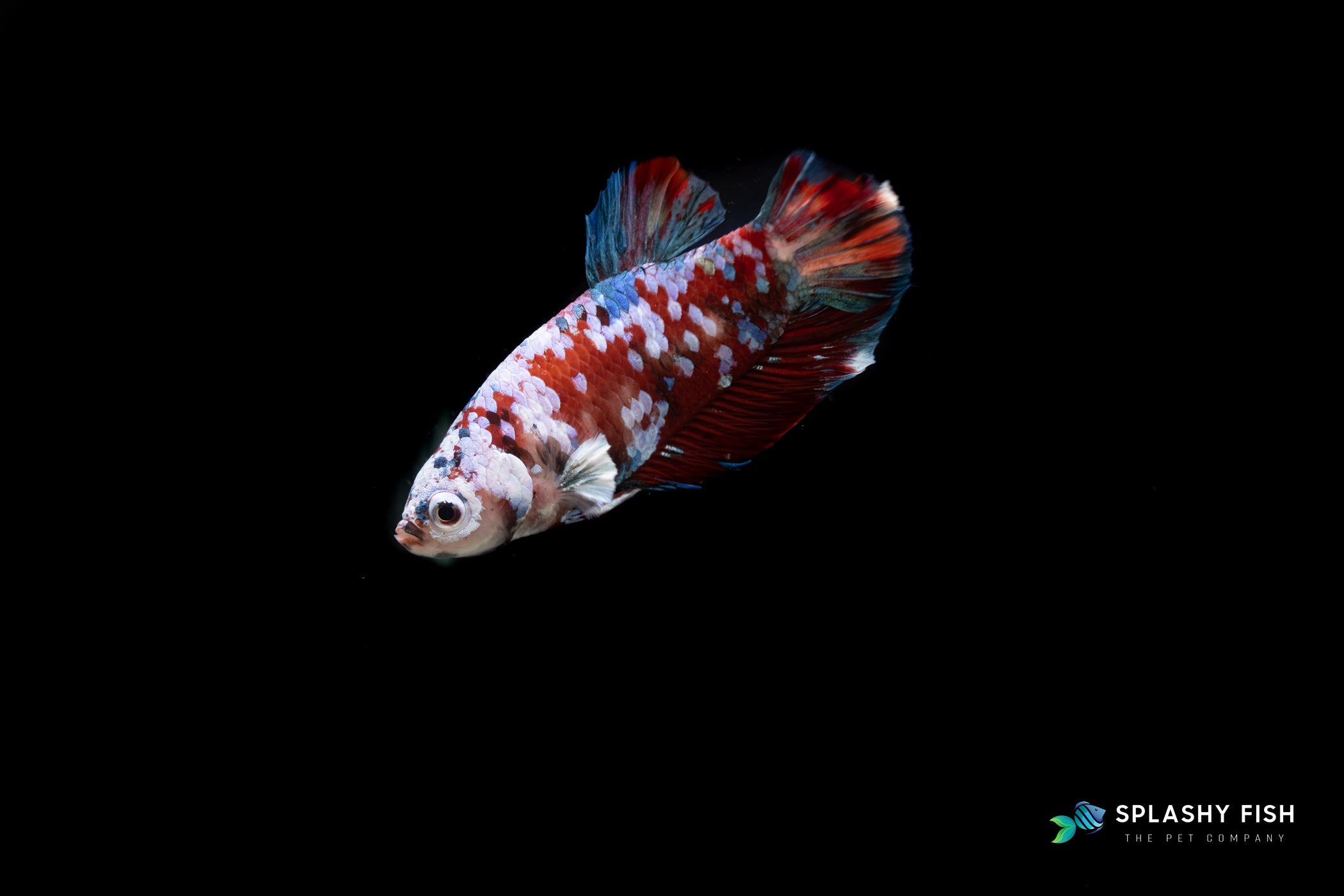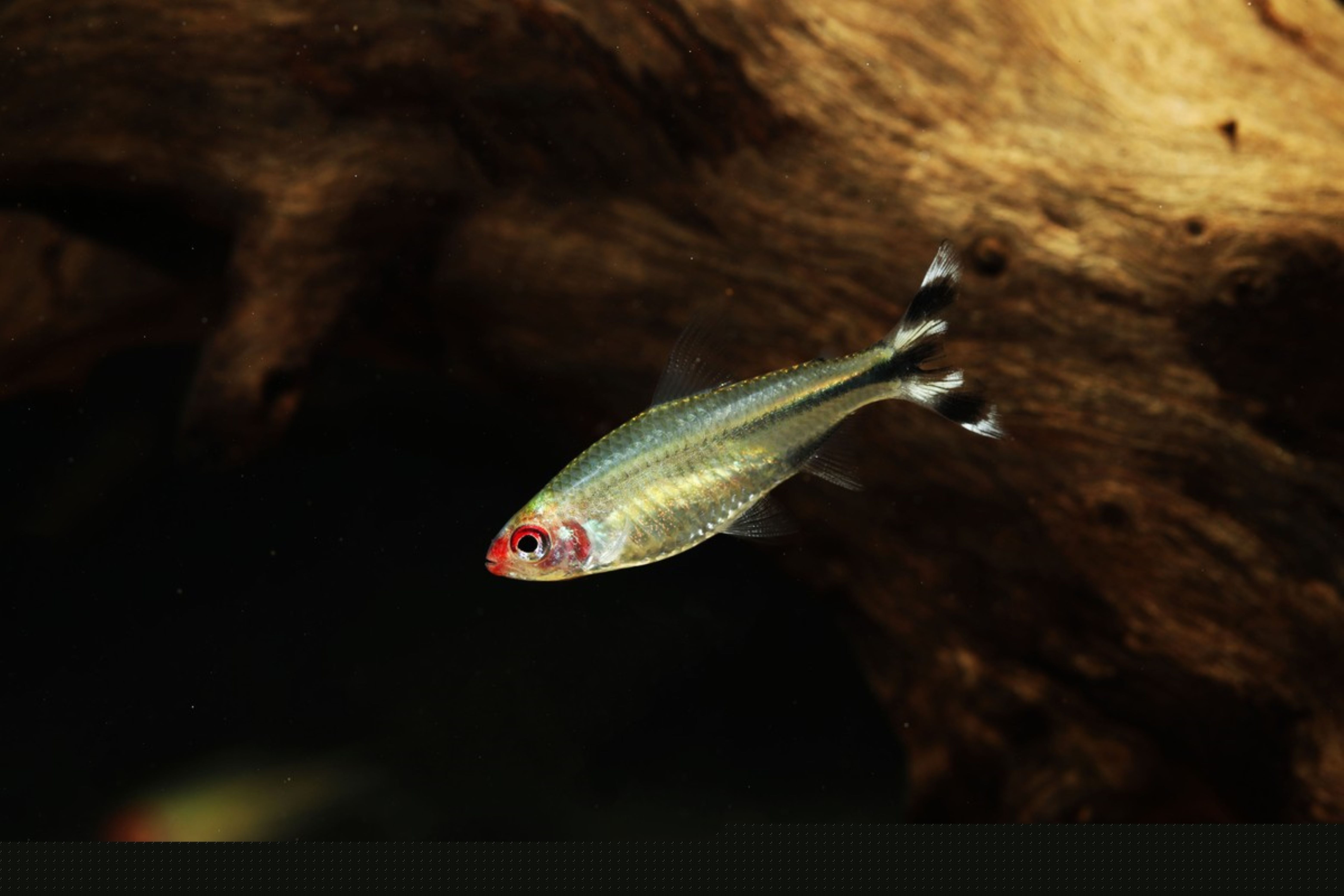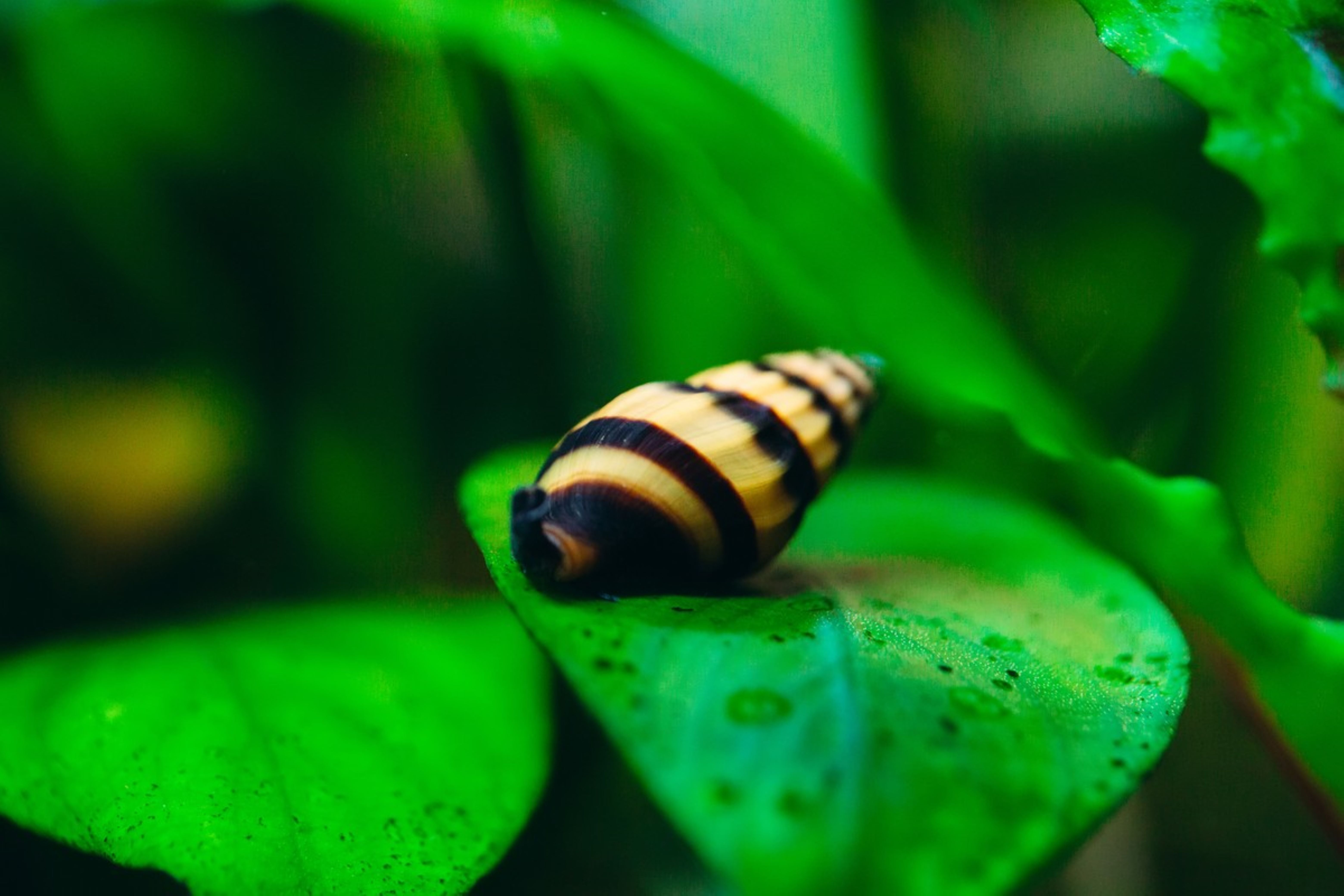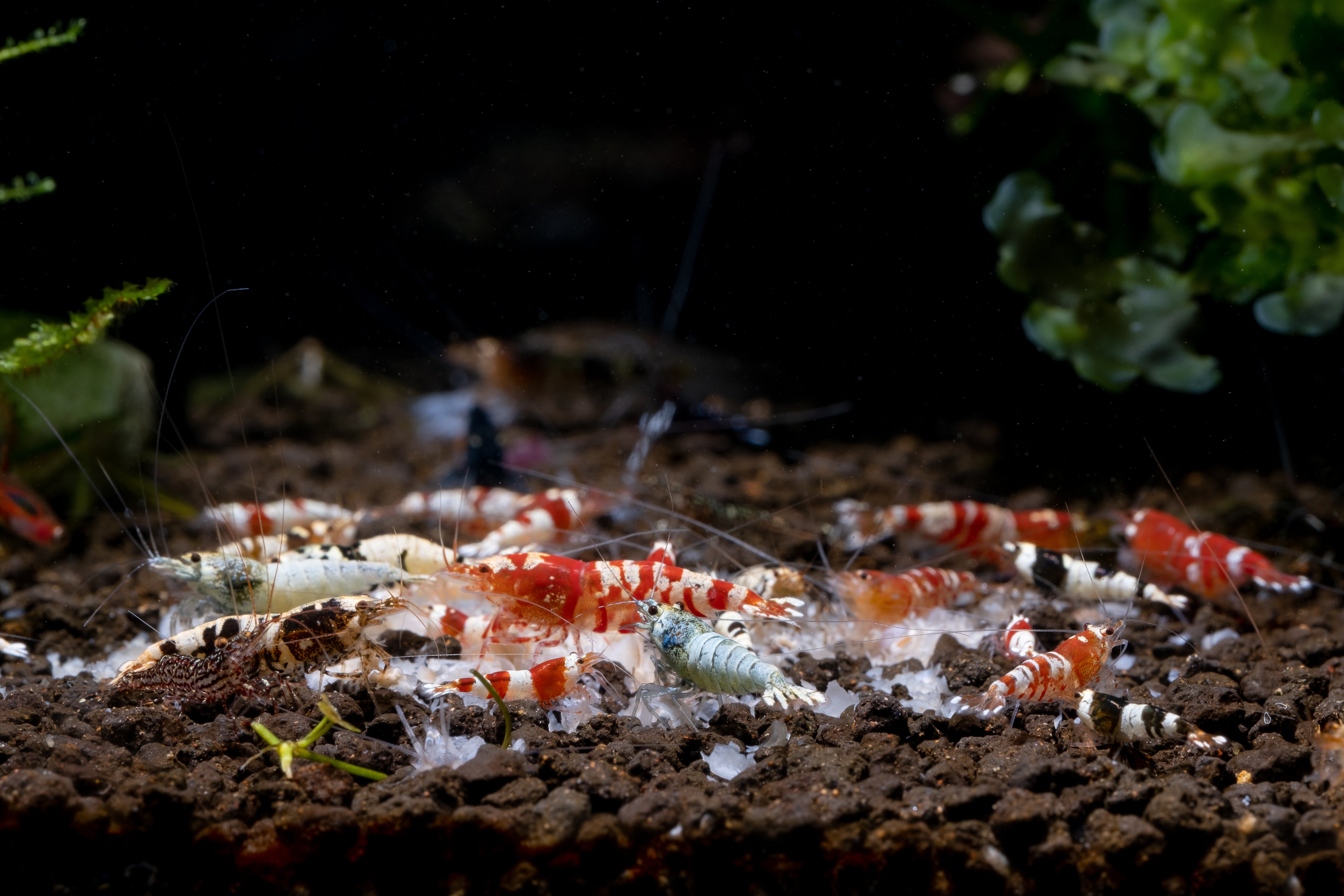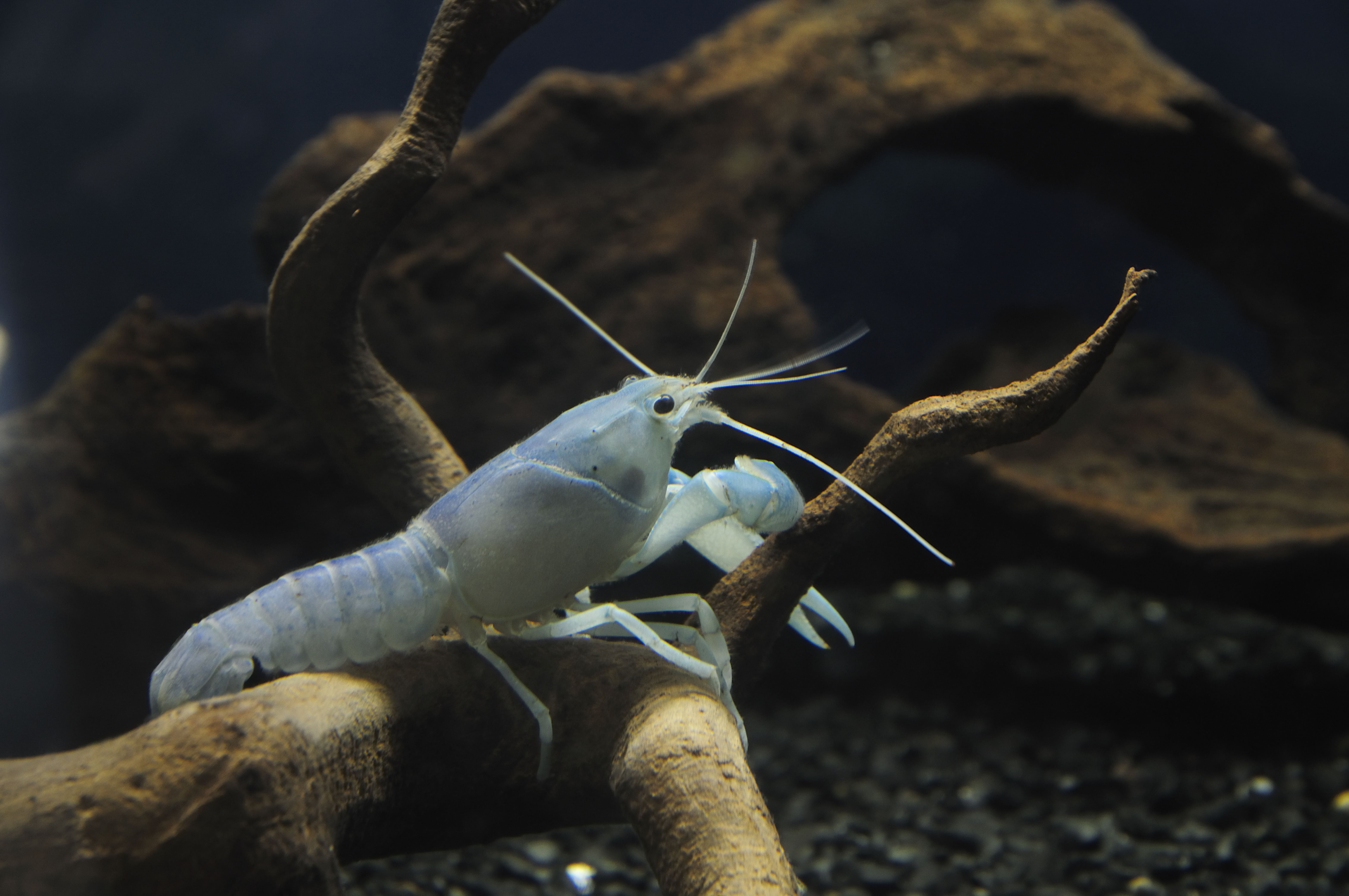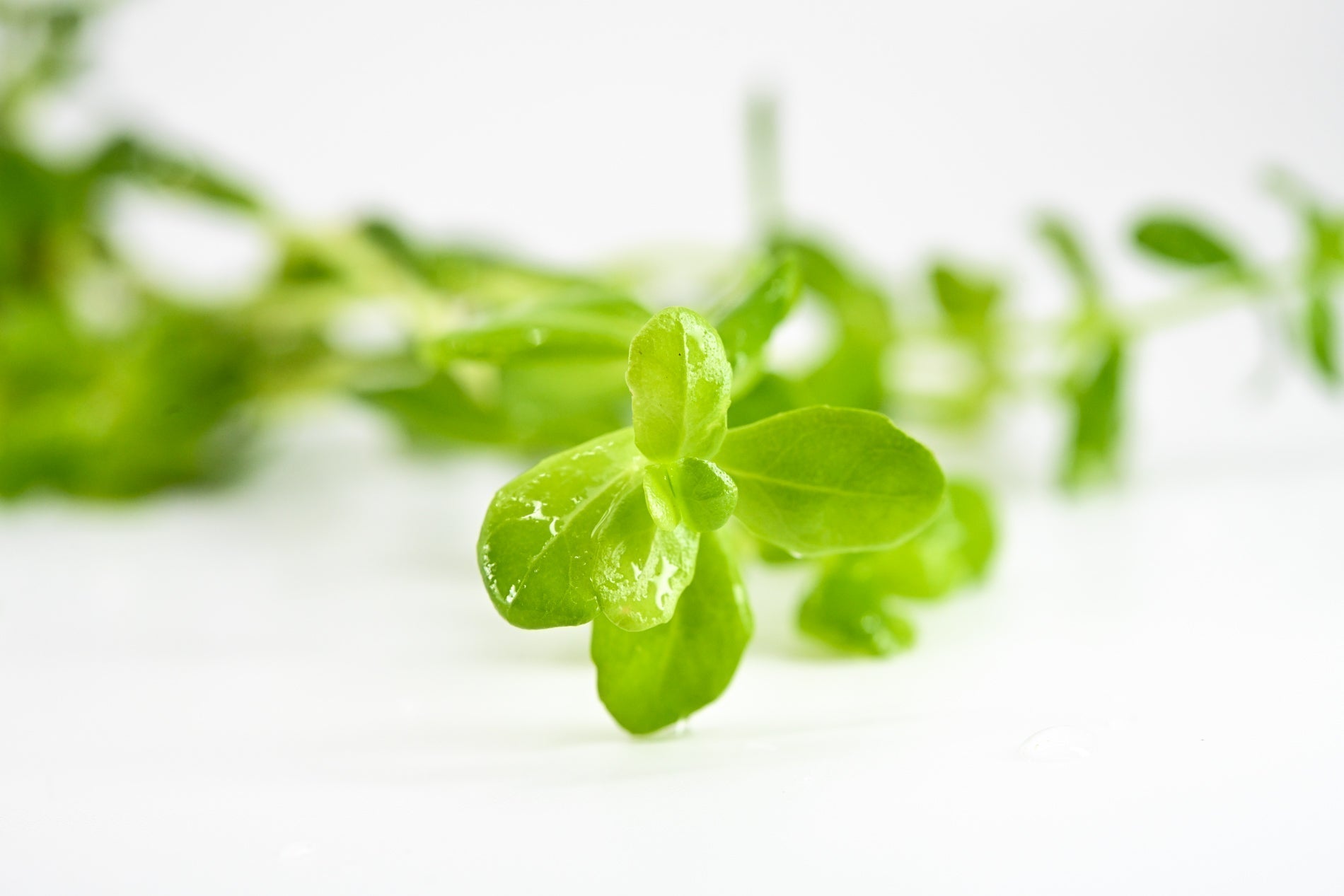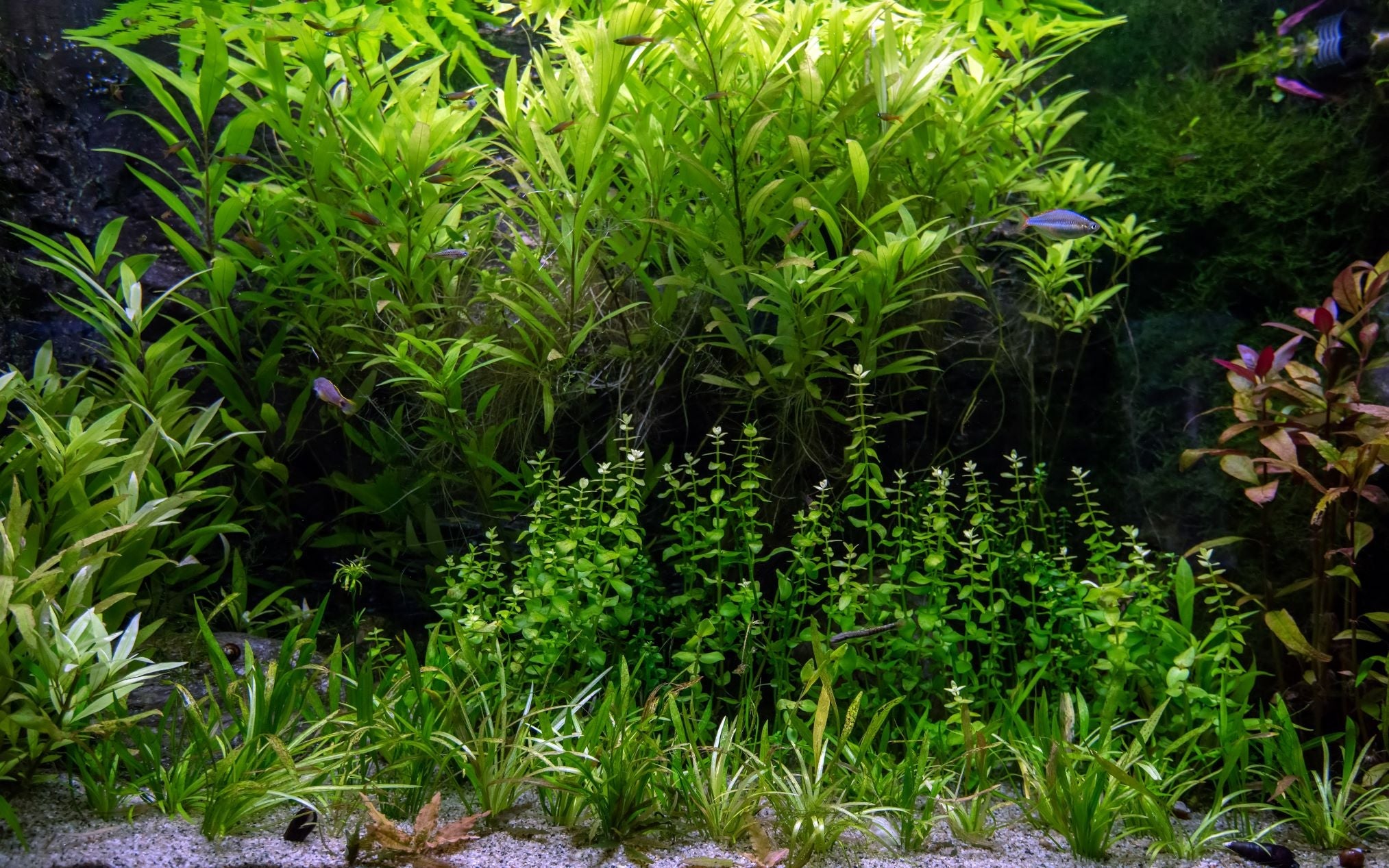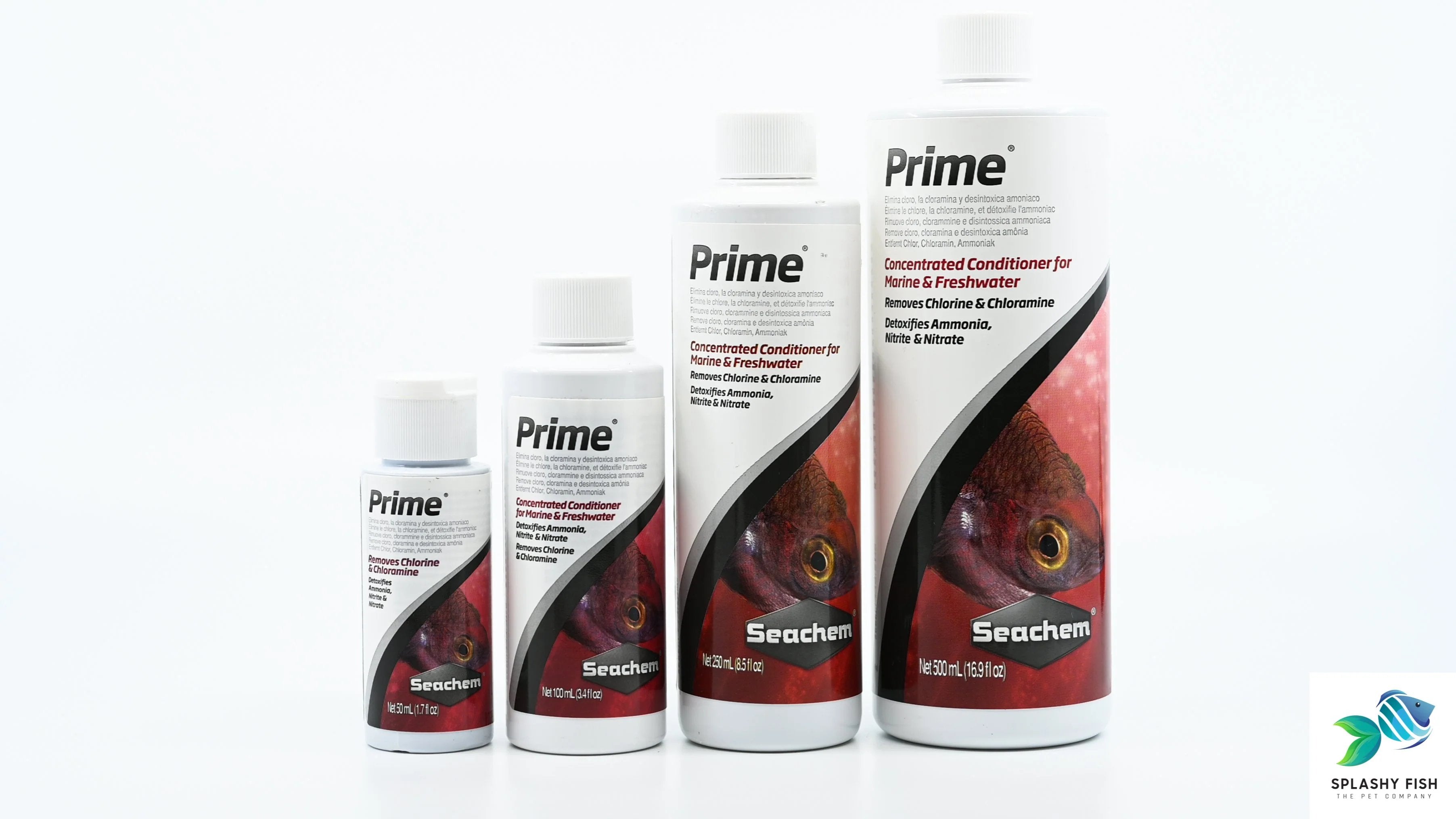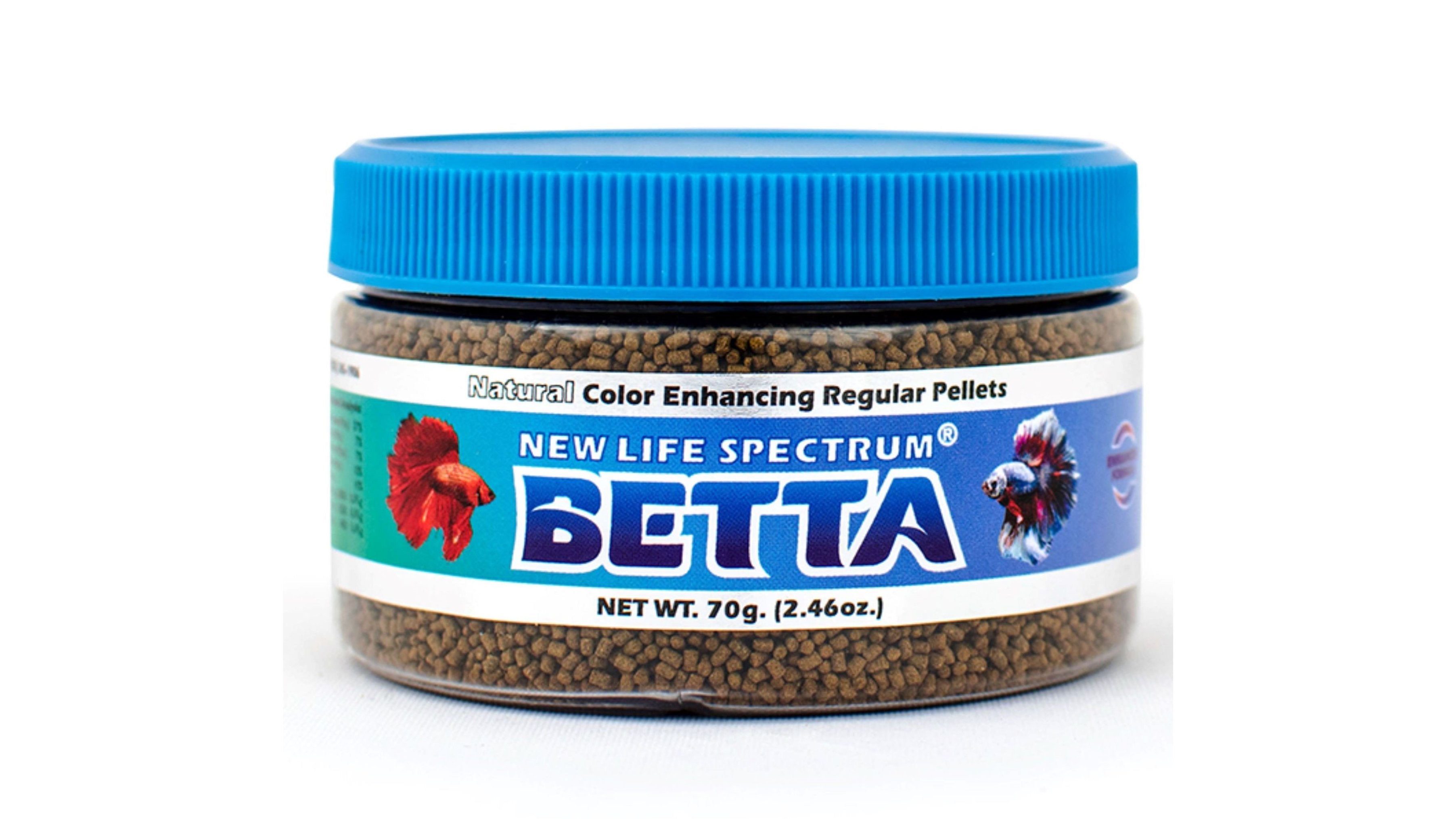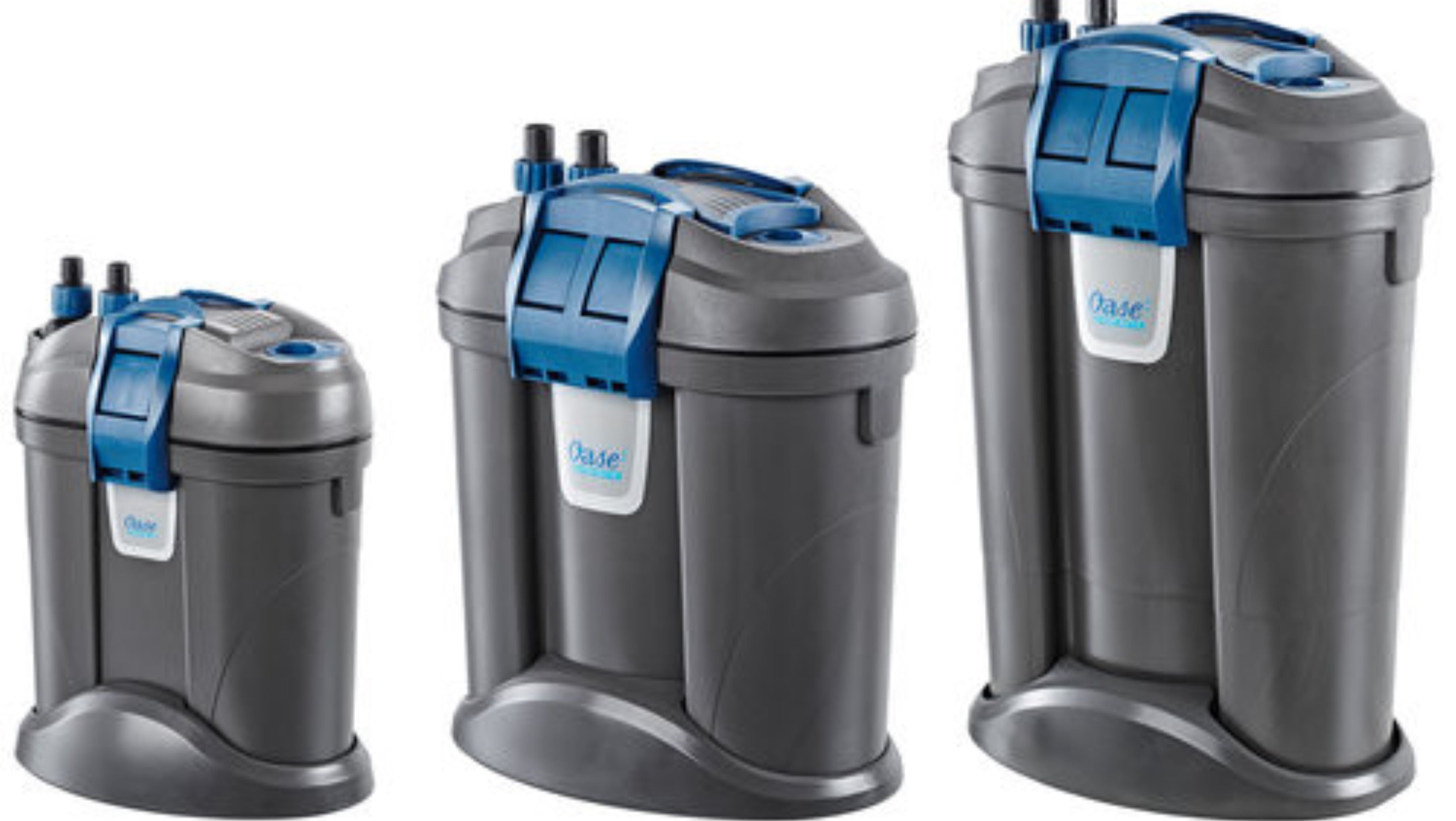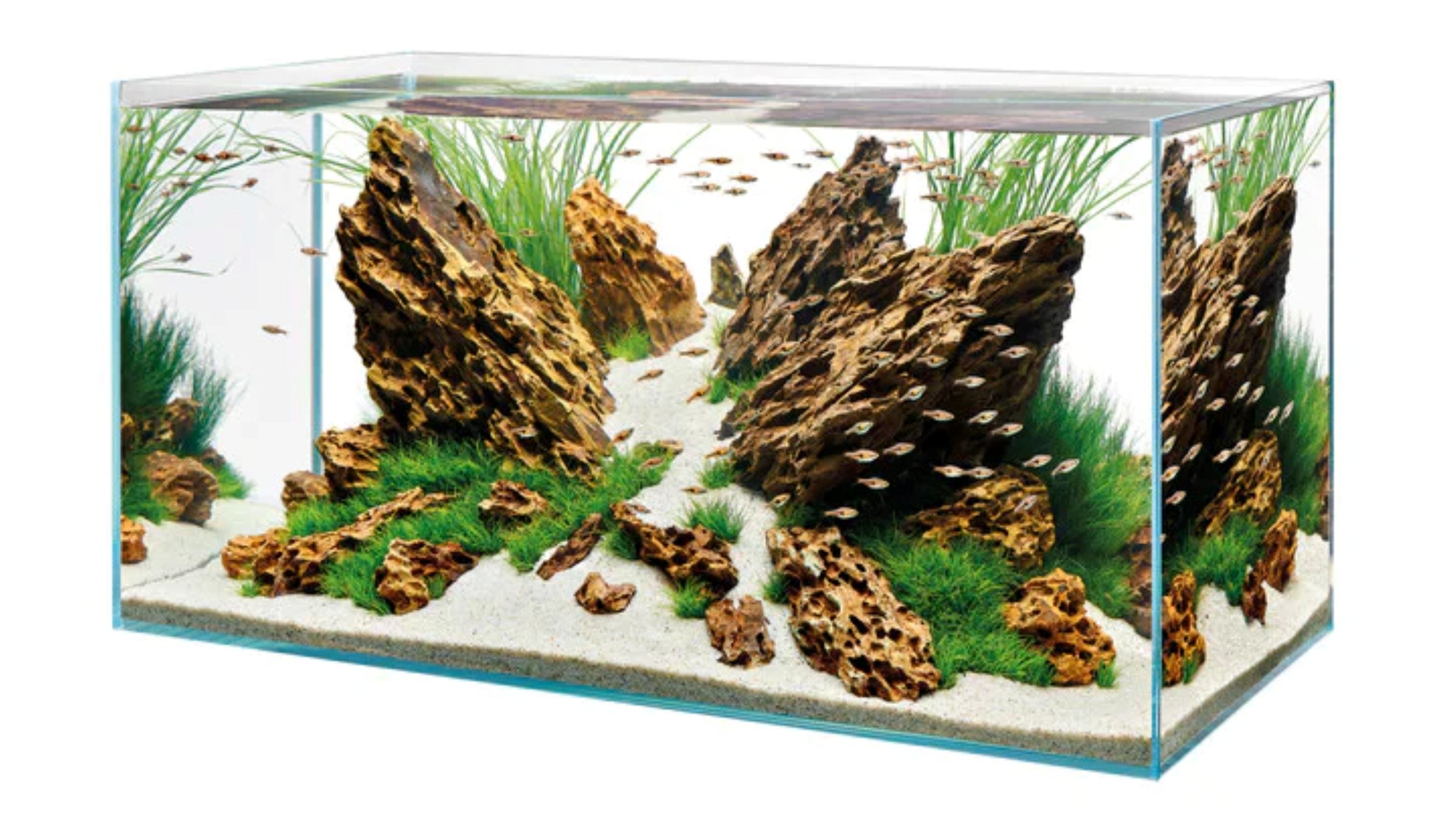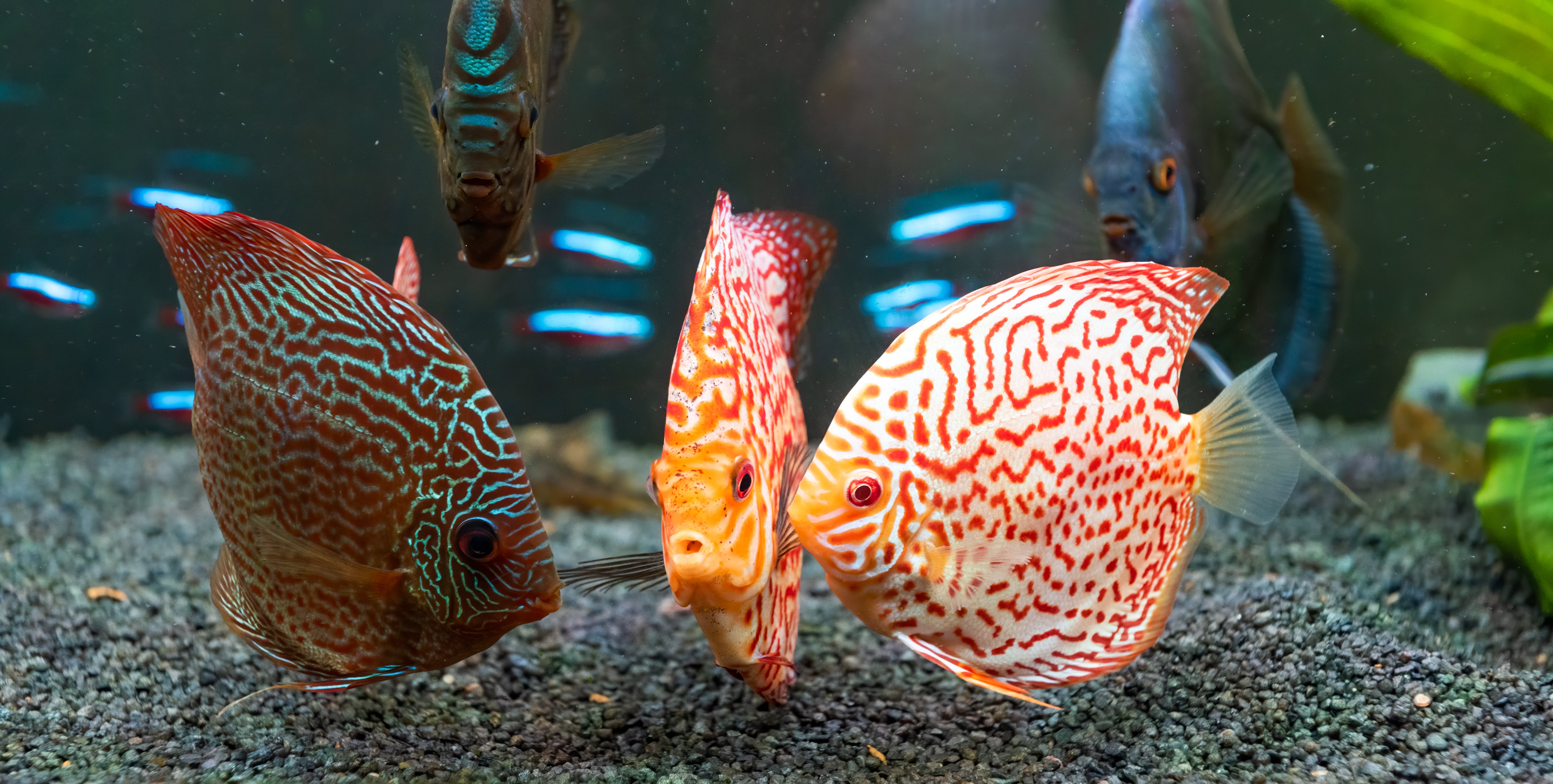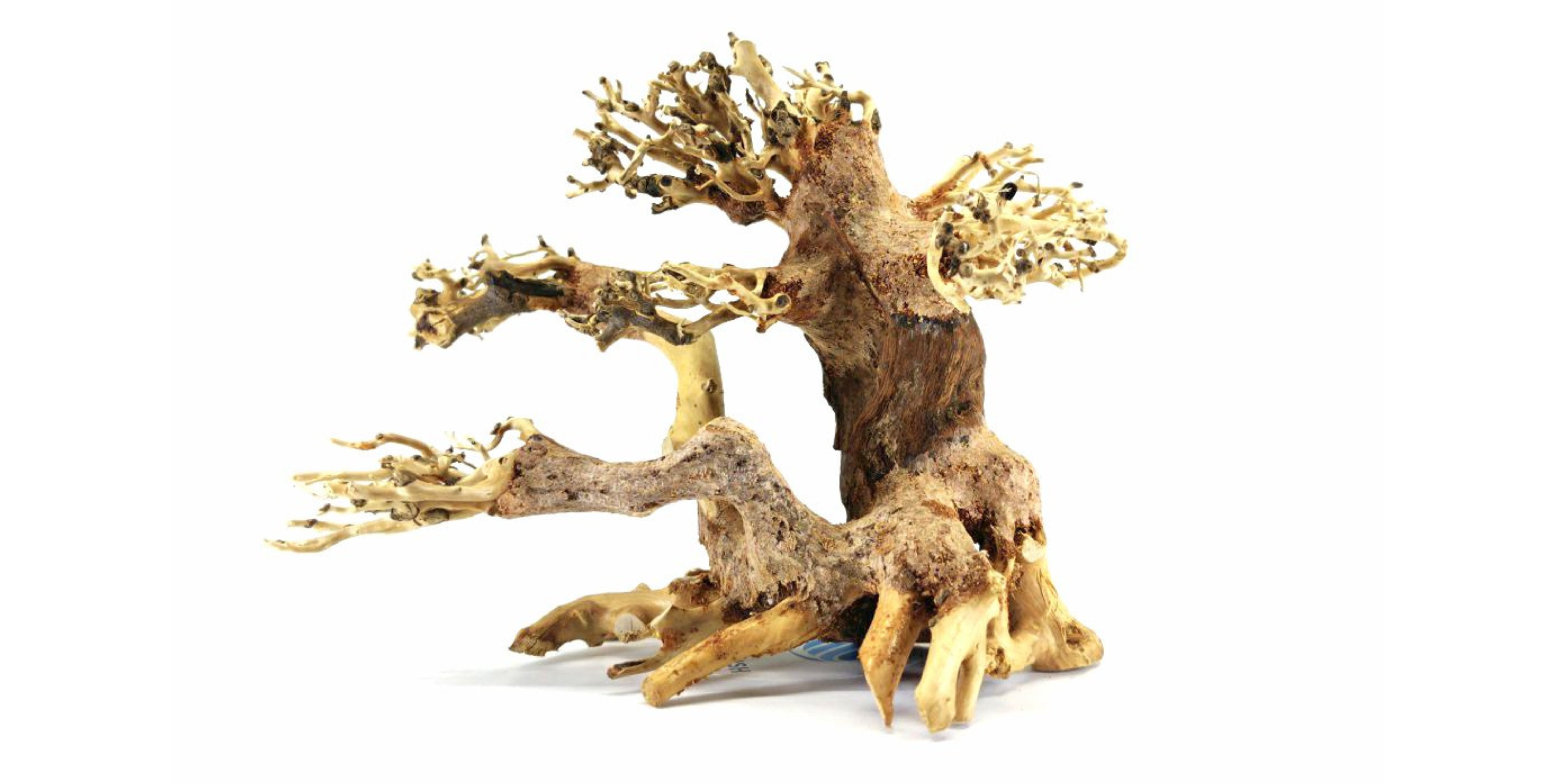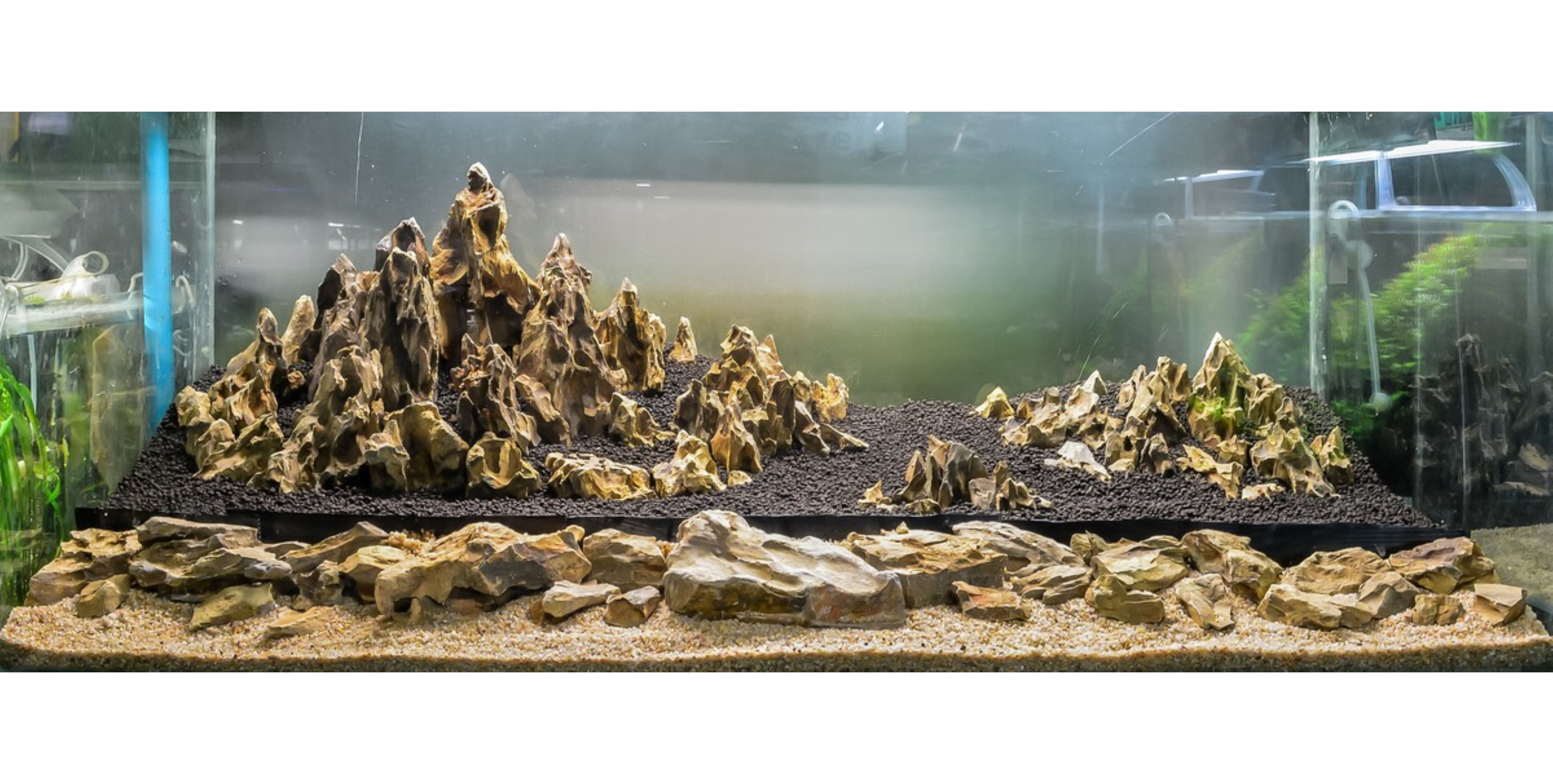Table of Contents
Although the species don’t have eye-catching appearances, Loaches impress the fishkeeping community with their distinctive characteristics. The picture of these bottom-dwellers, with the slender and elongated body scooting back and forth on the rocks, definitely holds your steps for a few more minutes to enjoy the scene.
Different Types of Loach Fish
Loaches are the fish of the superfamily Cobitoidea. Native to various habitats throughout Europe, northern Africa, and Southeast Asia, the freshwater bottom-dweller comprises numerous known species divided into around nine families. These are the most popular among the aquarists are the familiar names Gastromyzontidae (hillstream loach), Botiidae (clown loach, zebra loach, yoyo loach), and Cobitidae (kuhli loach).
Hillstream Loach
Hillstream Loach (scientific name: Sewellia lineolata) attracts your attention by its peculiar appearance, a torpedo-shaped body with wing-like pectoral and pelvic fins. These loaches are the favorite freshwater species of many aquarists because of not only their cool appearance but also their fascinating behaviors.
Clown Loach
The Clown Loach, also known as the Tiger Loach, is easily recognizable by the colorful stripes arranged similarly to those of a tiger. More interestingly, the Clown Loach is known for the clicking sound produced by the grinding of their teeth on certain occasions (mostly when they are happy or being territorial, or mating).
Zebra Loach
Zebra loach (scientific name: Botia striata) features many vertical bands appearing in different colors, subject to the variants. They are also known as the smallest member of the loach family, with an average size of not exceeding 4 inches. Given that, the Zebra loach is more peaceful (than other Botiidae species) and often a good choice for many community tanks.
Yoyo Loach
The fun Yoyo loach (scientific name: Botia lohachata) is an active and personable fish that is well-known for its ability to recognize its owner. The color contrast displayed on the body makes the Yoyo loach outstanding in its surroundings.
Kuhli Loach
Kuhli loach (scientific name: Pangio kuhlii/semicincta) resembles the eel shape with the body covered with brown to burgundy color and bright orange stripes in between. The unique appearance is not the only reason why the Kuhli Loach is so popular in the fishkeeping community. Interesting personalities and interaction displayed in the aquarium environment are the key decisive factors that make many aquarists strongly go for them.
Varying in origin and classification makes the Loach species tolerate quite different ranges in terms of living conditions. Despite the fact, they do share certain values in common, once you’ve learned, setting up and maintaining the tank appropriate for the Loaches is just a piece of cake.
Characteristics and Behaviors of Loach Fish
Bottom-dwellers
Aquarists automatically regard the Loaches as the bottom-dwellers because these fish often spend most of their time sifting and exploring the bottom surroundings. The behaviors are also found in wild specimens, which live mainly in slow and swift-moving rivers and streams where the beds are covered with gravel, sand, or pebbles.
Schooling Fish
Generally, most Loaches are shy and tend to hide themselves in caves or rocks. They are sometimes active and outgoing, but only when there is the presence of other same species. Therefore, when kept in captivity, Loach Fish should be housed in groups (with the number slightly different subject from each specific loach species).
Nocturnal Species
Not all the Loaches are nocturnal fish but some are, for example, Kuhli loaches. As such, if you don’t see your beloved Loaches during the day, they will likely appear when night falls.
Peaceful Temperament
It is true for most Loaches. However, in fact, some do show territorial behaviors toward other fish, such as the Hillstream Loach or the Botiidae species. Hence, as a rule of thumb, always research (or ask the staff of fish stores) the specific requirements of the fish before you purchase.
Recognizable thanks to its distinctive appearance
Loaches do appear different but are largely categorized by their slender and elongated bodies, pairs of barbels near the mouth, with large pectoral and ventral fins. Their sizes vary from under 2 inches to nearly 12 inches. Many Loaches don’t have scales, which makes them move easily between the water and the internal environment yet prone to diseases.
‘Scalelessness’ issue
Kuhli loach is a fish easily prone to this problem. Kuhli loach is not completely scaleless; however, its scales are really small and very far apart, leaving its skin exposed. This leads them to be susceptible to skin problems as their protective layer scales cannot cover much of their skin. If it happens to your Kuhli loach, in addition to treating them with proper medication, you should check their diet and water conditions.
Loach Fish Tank Setups and Maintenance
With the characteristics described above, Loaches are able to survive in the wild habitat of clean, well-oxygenated water with moderate to strong flows. They are often found burrowing in the sand and inhabiting riverbeds in broad, flat terrain. Slow and swift-moving streams where gravel, pebbles, and sandy areas exist are the favorite shelters of these Loaches. Many Loaches can tolerate a wide range of water parameters as they come from a variety of water conditions. Yet, it is reported that slightly acidic levels with alkalinity between 3-10 dKH are most acceptable to the species. Hence, if you set up a tank having more than one loach species, the following information may be what you are looking for.
Water Parameters
- Ammonia and Nitrite: 0 ppm
- Nitrate: less than 20 ppm
- KH: 3 – 10 dKH
- pH: 6 – 8
- Water change: 10% weekly (and varies depending on species)
Temperature
When it comes to temperature, it varies depending on species. Nevertheless, the range of 80°F – 84°F (26 – 28 °C) seems to suit the fish most. Certain Loaches strictly need oxygen-rich water to thrive (like the Hillstream Loach). As such, if you happen to keep them, a powerhead device cannot be ignored. Along with that, to ensure the device can work well in the captivated environment, your tank size should be large enough. Ideally, 30 gallons will do. However, a bigger tank should be considered based on the number and size of Loaches you’re going to keep.
Aquarium Decor
Loaches do not have specific requirements for aquarium decoration. Their natural habitats don’t have many live aquatic plants, hence you could not ignore the factor. However, rock or cave designs that provide them with hiding places are a must. Loaches are shy by nature. Even though they are active sometimes, they need a refuge to conceal themselves when they feel insecure. It is worth noting that most Loaches are scaleless. Therefore, be careful not to choose those sharp-edged hardscapes that may cause injuries to the Loaches. The same is applied to substrates. As with the sifting tendency, it is usual to spot the wounds on their body if you use sharp-edged gravel or pebbles.
Important note: The exact care requirements for your freshwater aquarium Loach will depend on the specific Loach species. Some may be easy-going, while others are quite strict. Hence, for the optimal growth of your fish, always research the specific requirements for the species you’re going to keep in advance and try to mimic them exactly.

Loach Fish Diet/ Feeding
Many Loaches are omnivores. They could accept a wide variety of food sources, from larvae, worms, snails, and other squirmy animals to commercial fish food such as sinking wafers, dry fish flakes, pellets, brine shrimp, clams, daphnia, and bloodworms.
Nevertheless, each Loach species has its own appetite. Some will prefer a specific food type over others. For instance, Kuhli loach fish’s favorite meals are sinking foods like wafers or pellets, while Clown loaches prefer a mix of live food with dry food like pellets or flakes and live worms. Hence, and again, advanced research of the appetite of your loach is necessary, to allow them to enjoy the food they like and thrive to the utmost.
Loaches are bottom-dwellers and likely bottom-dwelling feeders also. Thanks to the multiple sets of barbel, Loaches often suck on whatever edible foods left on the water’s floor. Although they can manage to have their meals, you need to actively feed them to ensure your lovely loaches consume sufficient nutrients. For best results, rotate their diet daily and feed them once or twice a day with an amount enough for total consumption within 2 minutes or less.
Best Tank Mates for Loach Fish
The feeding behaviors of loaches seem to exclude certain invertebrates from their co-living areas, particularly snail pets. Both are bottom-dwellers, and more importantly, Loaches often regard snails as their delicious meals. Therefore, if you want to diversify your tank community by adding other fish, you should consider those that are top or midwater dwellers. They do not share the same living level, thus won’t threaten each other. Also, mind that Botiidae species can become boisterous and may go after smaller or slower-moving fish. This means if you keep these Loaches, select larger, more active fish as their tank mates.
With this in mind, Barbs, Danios, Corydoras Catfish, Gourami, and Tetras will be the appropriate options for your Loach tank.
Conclusion
Loach fish may not have the flashiest colors, but their personality, unique behaviors, and usefulness as bottom dwellers make them an irreplaceable part of a balanced freshwater aquarium. Whether you're drawn to the sleek Hillstream Loach, the playful Yoyo Loach, or the shy Kuhli Loach, there's a type of Loach fish to suit nearly every aquarist. By understanding the needs of these fish, from water quality and tank setup to dietary preferences and compatible tank mates, you'll be well-equipped to care for them properly.
If you are persuaded and decide to have a Loach fish in your tank, visit our store now to find what surprise is waiting for you. At Splashy Fish Store, we supply a wide range of Loach species that come from reliable sources. We further guarantee that all of our loaches will go through the quarantine process for a period of 14 days before sale. We care about the quality and strive to provide you with the best we can.
Loach Fish Frequently Asked Questions (FAQs)
How many Loach fish should I keep together?
Most Loach fish are social and do best when kept in groups. A general rule of thumb is to keep at least 5 to 6 individuals of the same species to help reduce stress and promote natural behaviors. Schooling Loaches like Kuhli Loaches or Yoyo Loaches become more active and less shy in larger groups. Keeping them in a group helps minimize aggression and supports a healthy tank dynamic.
What is Loach fish's life span?
The lifespan of Loach fish varies depending on the species and the quality of care provided. On average, most Loaches live between 5 to 10 years, with some like the Clown Loach potentially living 15 years or more in ideal conditions. To maximize their lifespan, provide them with a well-maintained tank, appropriate diet, stable water parameters, and compatible tank mates.
Can I keep different types of Loach fish together?
Yes, but with caution. You can keep different types of Loach fish together if their care requirements (such as water parameters, tank size, and temperament) are similar. However, some species may become territorial or dominant, especially during feeding or mating periods. Avoid combining aggressive types like large Botiidae species with delicate or timid Loaches like Kuhli Loaches. Always research the compatibility of each species beforehand, and provide a spacious tank with plenty of hiding spots.


